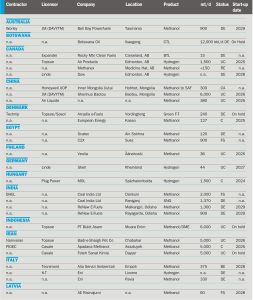
CPECC to build Ar-Ratawi gas processing plant
TotalEnergies has awarded the China Petroleum Engineering & Construction Corporation (CPECC) the engineering, procurement, supply, construction and commissioning (EPSCC) contract to build its new Ar-Ratawi gas processing plant in Iraq. CPECC subsidiary China Petroleum Pipeline Engineering will build two midstream gas pipelines connecting the Majnoon and West Qurna 2 oilfields to Artawi-based processing plant. The planned gas pipeline infrastructure comprises a 114-kilometre sour gas pipeline built with 26-inch diameter pipes, an 83-kilometre, 20-inch sour gas pipeline, and an 83-kilometre, 20-inch sour gas pipeline. The awards form part of the TotalEnergies-led Gas Growth Integrated Project (GGIP) in Iraq, which is valued at $10 billion.


